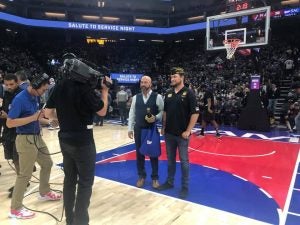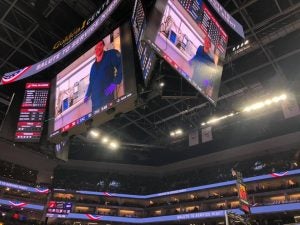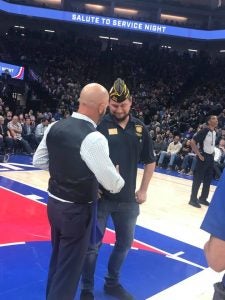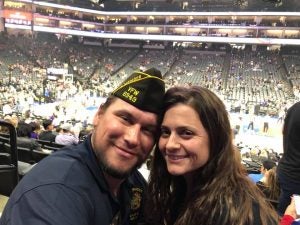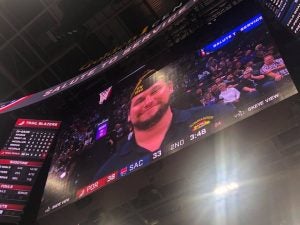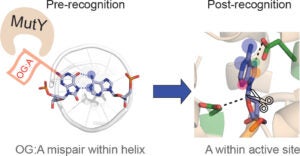Graduate Student Spotlight: Mo Hashemian
Graduate Student Spotlight: Mo Hashemian
This summer’s graduate student spotlight is on Mo Hashemian! Over the past year, Mo has accomplished numerous achievements. He was recently awarded the ARCS Fellowship (Achievement Rewards for College Scientists) for outstanding academics. At the Miller Symposium Poster Session, Mo received the poster award given out by ACS Pharmacology and Translational Sciences. We were also fortunate to hear about his research updates at both the third year seminar and joint group meeting, where Mo discussed the role of metal cofactors in MUTYH function and how he’s been adjusting the protein purification process to retain these cofactors within the structure. We’re excited to see the developments Mo makes on his project moving forward!
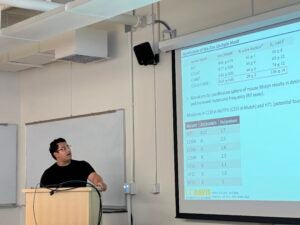
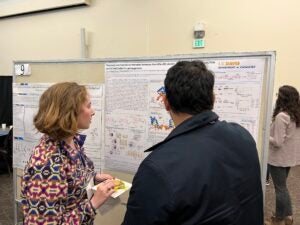
Thank you Carlos!
We bid farewell to our Postdoctoral Researcher, Carlos Trasviña-Arenas, as he begins his own lab in the Center for Research and Advanced Studies of the National Polytechnic Institute in Mexico City. His lab will be investigating DNA repair and chronic degenerative diseases. We thank Carlos for all his contributions to the MUTYH project, and wish him the best of luck in Mexico!
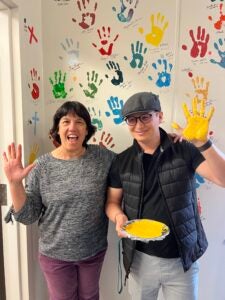
Congratulations to Dr. Merve Demir!
A big belated congratulations to Dr. Merve Demir on filing her dissertation! Her research has helped further our understanding of the mechanisms and structures involved in MutY’s identification of the OG lesion and the excision of the misincorporated adenine. We wish her the best of luck as she continues her research adventures as a Postdoctoral Associate at the Conrad Prebys Center at SBP!
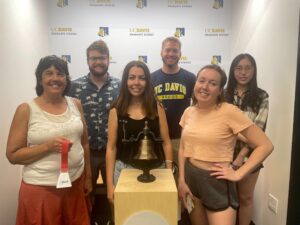
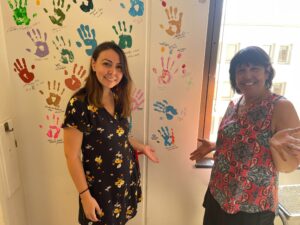
Congratulations to Professor Sheila David on Receiving the 2022 Education Award
Congratulations to Professor Sheila David on Receiving the 2022 Education Award
10/12/2022
Professor David receives the 2022 Education Award by the Environmental Mutagenesis and Genomics Society (EMGS). The EMGS recognizes her contributions to educating students and young investigators in environmental mutagenesis and genomics. Professor David continues to dedicate her time to mentor and teach both undergraduate and graduate students in the field.
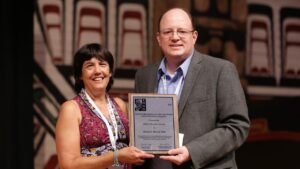
Once again, congratulations to Professor David!
Graduate Student Spotlight: Elizabeth Lotsof
Graduate Student Spotlight: Elizabeth Lotsof
11/1/2021
Meet Elizabeth Lotsof, a Graduate Student in Sheila David’s lab at UC Davis in the Department of Chemistry seeking to earn her Ph.D. in Chemistry. Liz focuses on DNA repair enzyme NEIL in her research. Liz is also a mentor to undergraduate researchers, a reliable teammate, and has made significant contributions to the Department of Chemistry at UC Davis through her mentorship, outreach, and dedication to peer graduate students.
Watch this video to learn about her work, about who she looks up to in science, how her graduate study has helped shape her future, and more!
Liz’s Bio on the David Lab Website:
The David Lab Website:
https://davidlab.ucdavis.edu/
#elizabethlotsof #chemistry #dna #ucdavis #graduate #graduateschool #neil #dnarepair #davidlab #thedavidlab #sheiladavid #undergraduateresearch #mentorship #womeninscience #lizlotsof #ucdchemistry #chemicalbiology
Congratulations to our students!!
Many congratulations to our graduate students!
Elizabeth Lotsof won the Raymon M. Keefer Fellowship which is awarded to graduate students pursing a Ph.D. in Chemistry.
Cindy Khuu won the Floyd and Mary Schwall Dissertation Year Fellowship in Medical Research which is awarded to continuing graduate students focused on medically related research.
Congratulations to our undergraduates!
Vivian Kellner won both the Maureen Belletini Undergraduate Research Fellowship which is awarded to continuing juniors or seniors and the Francesca Miller Undergraduate Summer Research Fellowship which is awarded to a junior or senior undergraduate pursing research in the biomedical or pharmaceutical science. Vivian participated in the annual R. Bryan Miller Symposium which was a requirement for the Francesca Miller Fellowship.
Madeline Bright was named the 2021 University Medalist, this highly prestigious award is given to the top graduating senior at UC Davis for their studies, contributions to community service, and aspirations to their future goals. UC Davis published a news article about Madeline that can be read here: https://www.ucdavis.edu/news/questions-drive-top-uc-davis-graduate
We are so proud of all of our students!!
Congratulations to our R. Bryan Miller Symposium 2021 Award Winners!
Congratulations to our R. Bryan Miller Symposium 2021 Award Winners!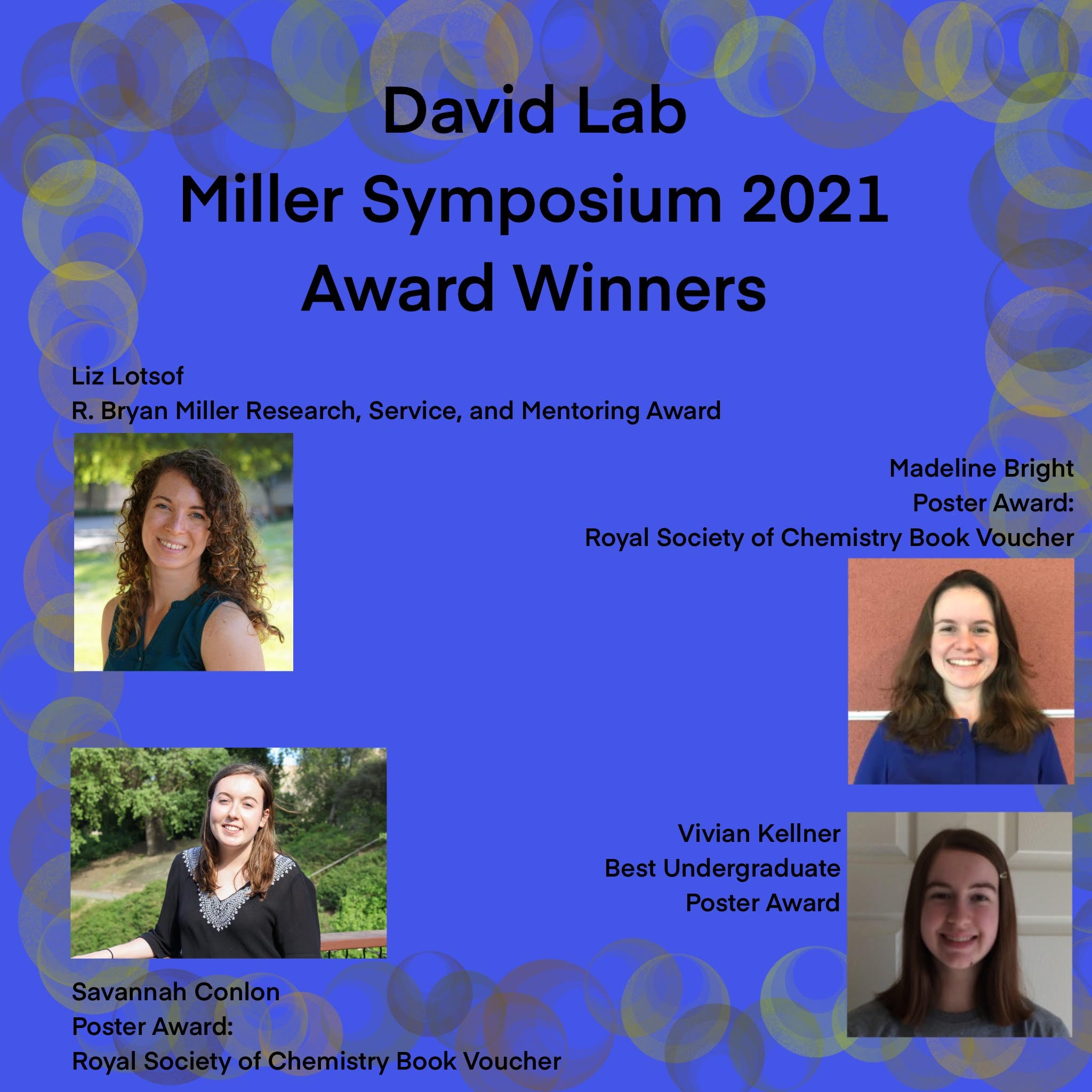
Thank you for your dedication to excellence!
Recent Article Published: Unique H-bonding of Adenine with oxidatively damaged base 8-oxoguanosine enables specific recognition and repair by DNA glycosylase MutY.
Recent Article Published by Sheila David’s Lab: Unique Hydrogen Bonding of Adenine with the Oxidatively Damaged Base 8-Oxoguanine Enables Specific Recognition and Repair by DNA Glycosylase MutY.
Majumdar, C.; Mckibbin, P.L.; Krajewski, A.E.; Manlove, A.H.; Lee, J.K.; David, S.S.
J. Am. Soc. 2020. 142, 48, 20340–20350.
DNA repair protein MutY employs specific interactions to differentiate OG:A basepairs from canonical G:C and T:A basepairs. Prior work from our lab has focused on understanding the structural requirements of OG on lesion recognition and catalysis, and we have shown that MutY relies on the exocyclic 2-amino group of OG to identify and distinguish OG:A from other basepairs. Additionally, we’ve shown that OG binding induces conformational changes that influence A excision.
This new work uses structure-activity relationships (SARs) to identify the structural features of A that influence OG:A recognition, verification, base excision, and overall cellular repair. We correlate observed in vitro MutY activity on A analogue substrates with their experimental and calculated acidities to provide mechanistic insight into the factors influencing MutY base excision efficiency. Our results herein can be used to guide future design of MutY/MUTYH specific probes to monitor the activity, or lack thereof, of MutY/MUTYH variants. These results can also applied toward the development of MUTY/MUTYH specific inhibitors that may find utility in cancer therapeutics.
Click on the link or graphical abstract to find out more!
https://pubs.acs.org/doi/abs/10.1021/jacs.0c06767#
Recent Article Published by the David Lab: The DNA repair enzyme MUTYH potentiates cytotoxicity of the alkylating agent MNNG by interacting with abasic sites.
Recent Article Published by the David Lab at UC Davis:
The DNA repair enzyme MUTYH potentiates cytotoxicity of the alkylating agent MNNG by interacting with abasic sites
Journal of Biological Chemistry
Inherited defects in the DNA repair gene MUTYH lead to cancer, proof that MUTYH has a critical role in preventing cancer in normal cells. In a new study from the David Lab, MUTYH is shown to have a new role that implicates it in the response to a common class of chemotherapy drugs, alkylating agents (https://www.jbc.org/content/early/2020/01/30/jbc.RA119.010497).
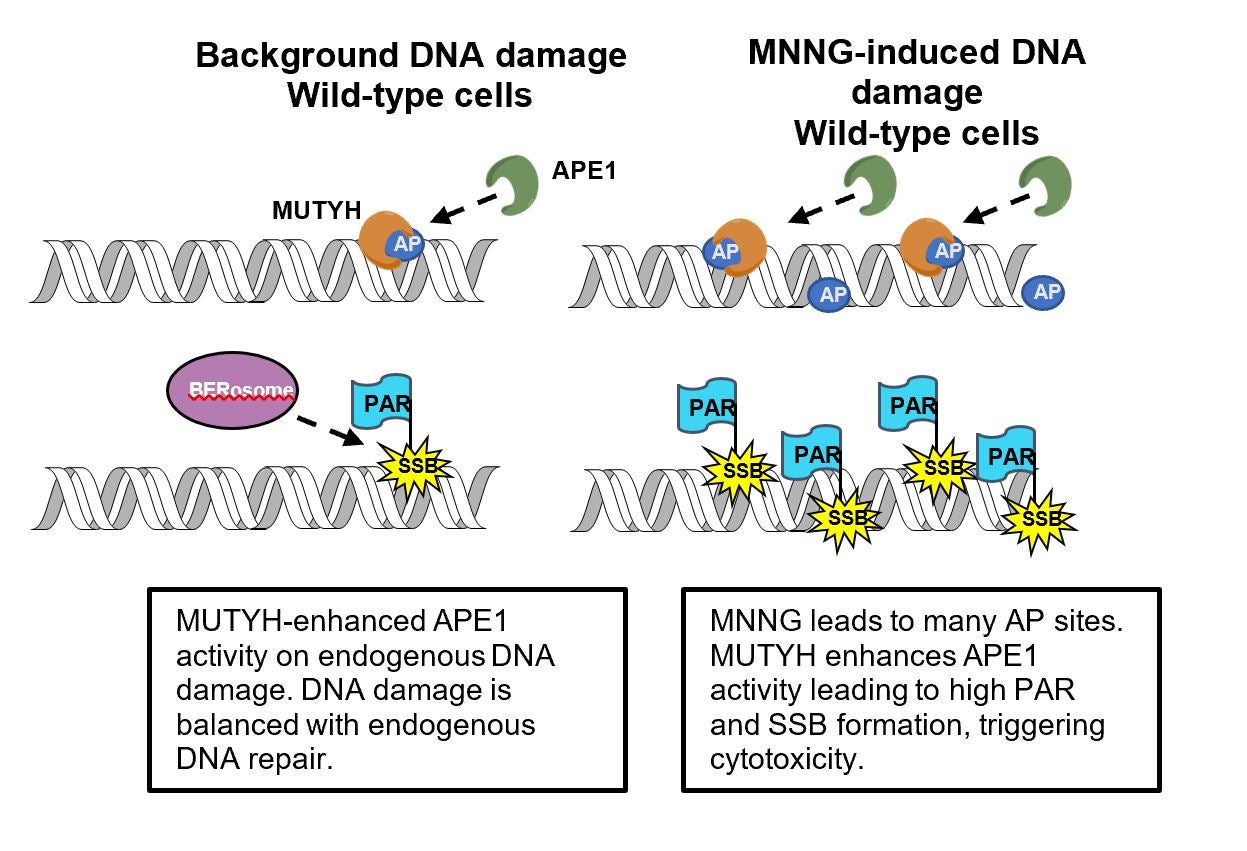
Cancer cells evolve resistance to chemotherapy drugs by a number of mechanisms, including upregulating DNA repair enzymes such as BRCA1, which helps cancer cells survive DNA damaging chemotherapy agents. Surprisingly, MUTYH does not help repair alkylating agent DNA damage, but instead enhance alkylating agent toxicity. This study uncovers the underlying molecular mechanism of this activity, which involves MUTYH stimulating cells to create more toxic DNA repair intermediates. By uncovering the molecular mechanism, this research suggests that MUTYH has both a role in preventing DNA mutations that cause cancer, and a separate role in helping kill cancer cells that are treated with chemotherapy drugs, thus the loss of MUTYH is a “double-whammy”. Tests to determine if cancer patients have normal versus functionally-deficient MUTYH may alter chemotherapy treatment choices if these results can be generalized to clinical practice.
Citation:
Raetz, A.G.; Banda, D.M.; Ma, X.; Xu, G.; Rajavel, A.N.; McKibbin, P.L.; Lebrilla, C.B.; David, S.S. The DNA repair enzyme MUTYH potentiates cytotoxicity of the alkylating agent MNNG by interacting with abasic sites. J. Biol. Chem. 2020.
Keywords:
#sheiladavid #davidlab #mutyh #thedavidlab #ucdavischemistry #cytotoxicity #alkylatingagent #mnng #dna #dnarepair #muty #ucdavis #chemistry #biologicalchemistry #chembio #journalofbiologicalchemistry
David Lab Member Robert Van Ostrand receives Crown Royal Award at Sacramento Kings Salute to Service Night
David Lab Member Robert Van Ostrand was recognized as the Honoree Veteran and received the Crown Royal Award at the Sacramento Kings Salute to Service Night. Robert’s service in the United States Marine Corps from 2005 – 2013 included a deployment to Iraq as an active duty Infantryman, as part of Operation Iraqi Freedom in 2007, which was followed by a transition to Data Networking Specialist as a Reservist in 2010. Robert was selected for this award for his community service for local veterans and for the City of Davis.
#davidlab #ucdavis #veterans #vfw6949davis #sheiladavid #robertvanostrand #davis #goags #ucdavischemistry #sacramentokings
